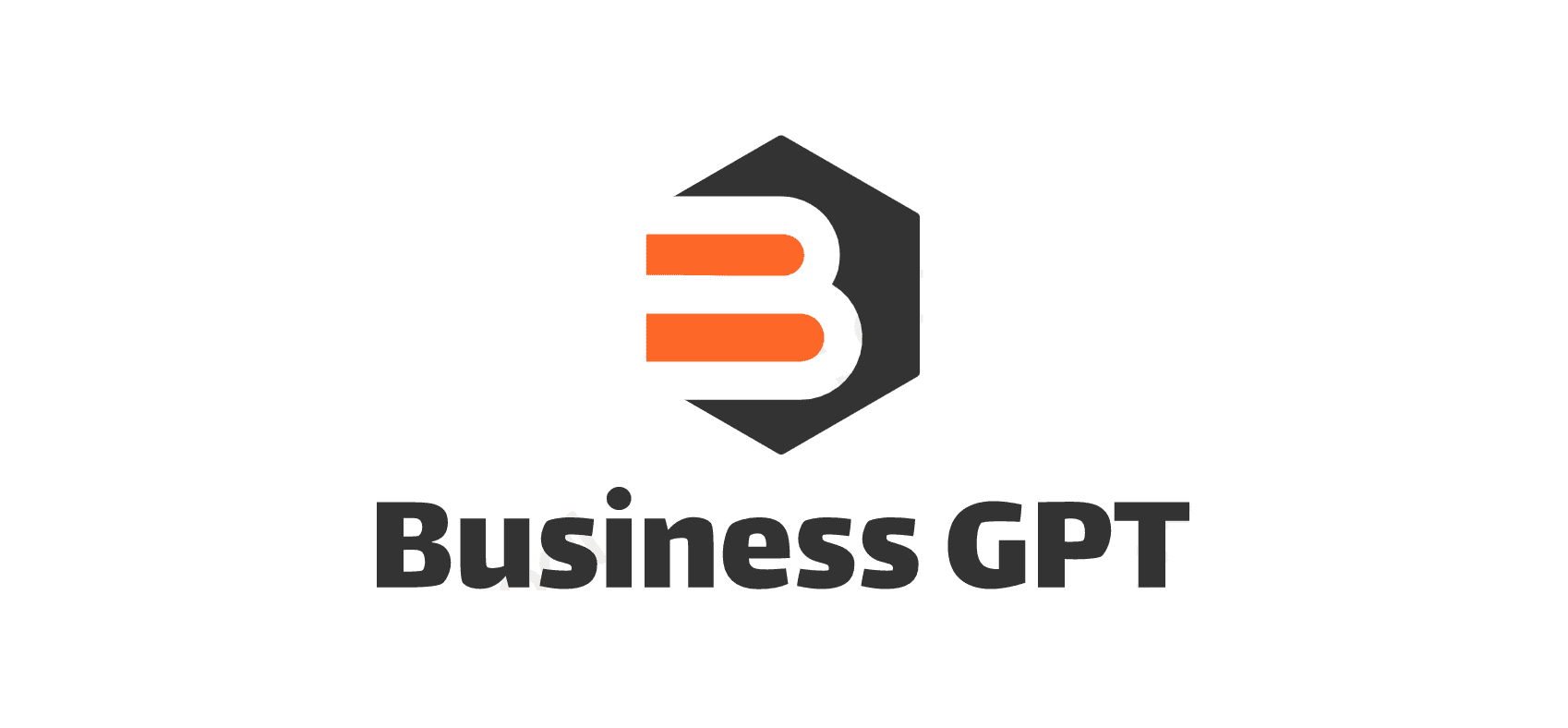5 Tips for Designing a User-Friendly Blog Feed Format

Are you looking to add more users to your blog? Do you wonder how you can make your blog more user-friendly? If so, then you need to learn more about blogging format tips.
Doing so will make your blogging operations more efficient, leading to higher user engagement. Those that read your content will be more likely to comment, subscribe, and share your posts. This in turn will increase your website traffic and improve your search engine ranking.
Read on to learn more about how to design a user-friendly blog feed format.
1. Creating an Intuitive Navigation Scheme
Creating an intuitive navigation scheme is essential for user satisfaction. The most important aspect of navigation is a well-structured hierarchy. It ensures users can quickly and easily find whatever content they are looking for.
The navigation menu should be organized into categories and subcategories so it is clear where specific content can be found. It is often beneficial to employ both a search bar and a menu with filters. This allows users to locate the desired content.
2. Defining an Appealing Color Palette
One element to consider when designing a user-friendly blog feed format is defining an appealing color palette. It can be a challenge to sift through a chaotic and overly colorful array of colors and tones. It is best to create a color palette with intention and purpose.
Having some cohesive coordination of colors throughout the design can make the blog more visually appealing. Consider the mood that the color palette evokes and whether it reinforces or detracts from the blog’s message and objectives.
3. Using Blogging Tools
Tools for blogging allow users to create an effective and user-friendly blog feed format. Users can ensure their readers have an interactive user experience with options such as:
- design
- format
- arrangement
- automation
Some use RSS feeds to distribute their content. With the right blogging tools, users can streamline their content with picture galleries, syndication and email notifications.
4. Introducing Easily Accessible Sharing Buttons
An effective blog format should include easily accessible sharing buttons. These buttons should appear to maximize visibility. Users should be able to easily access social media accounts such as:
- Snapchat
The blog has the potential to reach more viewers and build a reputation within its niche. The buttons should correspond with an easy “click and share” platform.
5. Setting up Relevant & Timely Content Updates
To do this, it is important to plan ahead. For example, creating a blog content calendar with weekly or monthly blog topics is a great place to start. Researching current trends in the industry and collaborating with other people can help in coming up with blog ideas.
Readers should be kept informed of any major changes occurring on the blog, such as the launch of an invitation page or the introduction of a new product.
Improve Your Blog Feed Format Today
By improving your blog feed format, you can easily attract more readers to your blog and increase engagement. With just a little bit of effort and optimization, your blog can become one of the most popular destinations online.
So, don’t wait any longer. Get busy and improve your blog feed format with our tips for a more successful, rewarding blogging experience!
For more tips, be sure to check out the rest of the articles on our blog.




